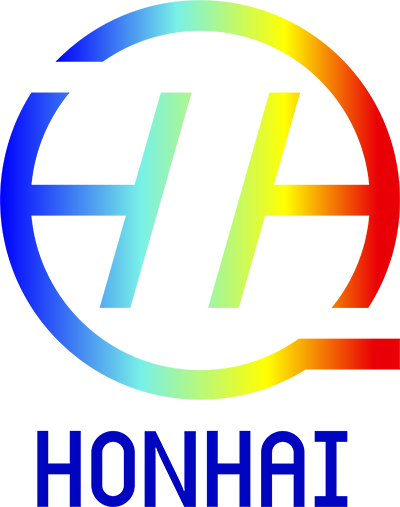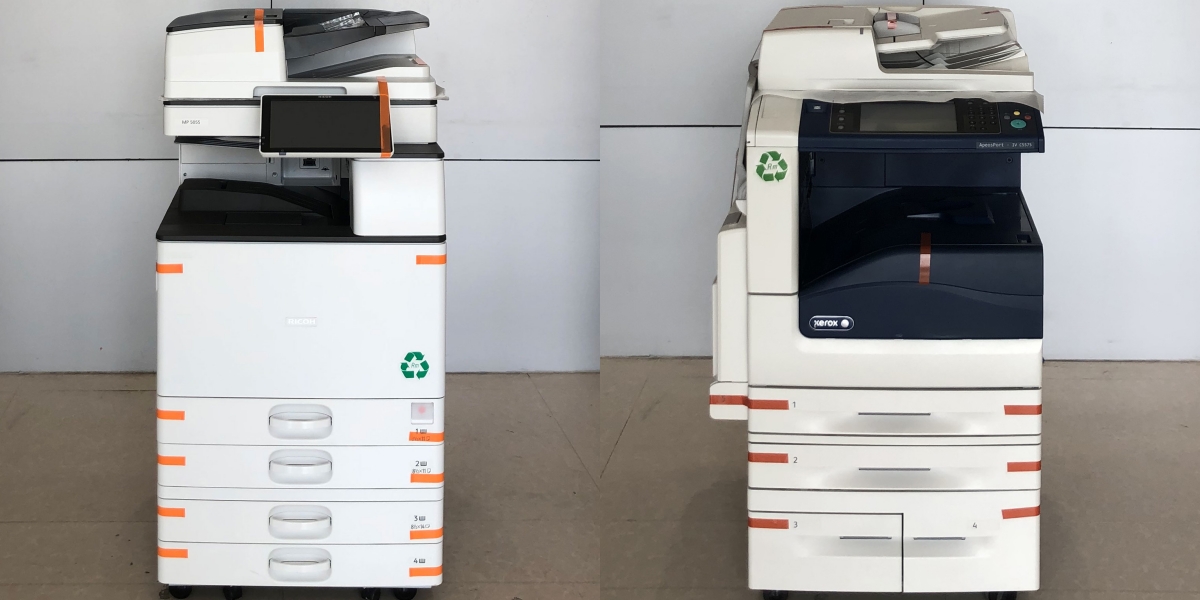Copiers have become an indispensable tool in our daily lives. Whether in the office, school or even at home, photocopiers play a vital role in meeting our copying needs. In this article, we’ll dive into the details to give you an insight into the copying technology behind your copier.
The basic working principle of a copier involves a combination of optics, electrostatics, and heat. The process begins when the original document is placed on the glass surface of the copier. The next step is a complex series of processes that convert the paper document into a digital image and ultimately copy it onto a blank piece of paper.
To initiate the copying process, the copier uses a light source, usually a bright lamp, to illuminate the entire document. Light reflects off the document surface and is captured by an array of mirrors, which then redirect the reflected light onto the photosensitive drum. The photosensitive drum is coated with a photosensitive material that becomes charged depending on the intensity of light that shines on it. Brighter areas of the document reflect more light, resulting in a higher charge on the drum surface.
Once the reflected light charges the photoreceptor drum, an electrostatic image of the original document is formed. At this stage, powdered ink (also called toner) comes into play. The toner is made up of tiny particles with an electrostatic charge and is located on the other side of the surface of the photoreceptor drum. As the photosensitive drum rotates, a mechanism called a developing roller attracts toner particles to the surface of the photosensitive drum and adheres to the charged areas, forming a visible image.
The next step is to transfer the image from the drum surface to a blank piece of paper. This is accomplished through a process called electrostatic discharge or transfer. Insert a piece of paper into the machine, close to the rollers. A strong charge is applied to the back of the paper, attracting toner particles on the surface of the photoreceptor drum to the paper. This creates a toner image on the paper that represents an exact copy of the original document.
In the final stage, the paper with the transferred toner image passes through the fuser unit. The device applies heat and pressure to the paper, melting the toner particles and permanently bonding them to the paper fibers. The output thus obtained is an exact copy of the original document.
To summarize, the working principle of a copier involves a combination of optics, electrostatics, and heat. Through a series of steps, a copier produces an exact copy of the original document. Our company also sells copiers, such as Ricoh MP 4055 5055 6055 and Xerox 7835 7855. These two copiers are the best-selling models of our company. If you want to know more product details, you can contact us at any time.
Post time: Sep-13-2023







